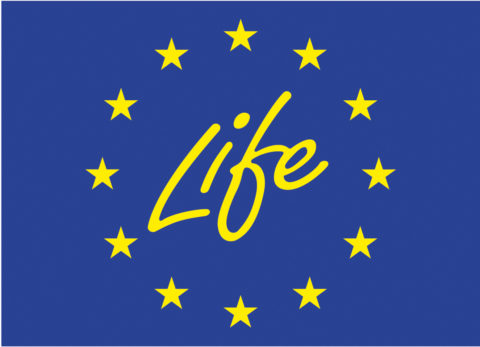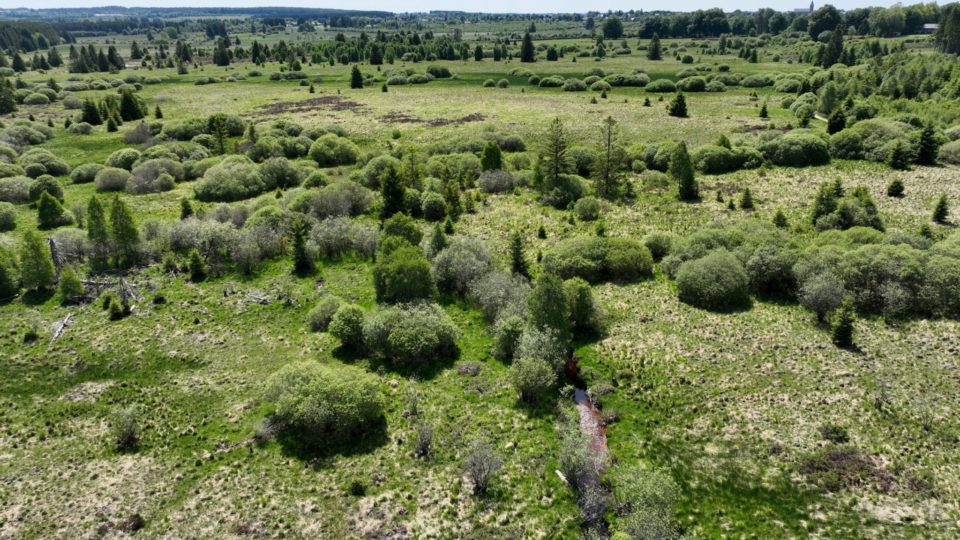The interactive webinar, wetland solutions to protect against droughts and floods, took place on 12 October 2023 on the occasion of the International Day for Disaster Risk Reduction. The event focused on the pressing need to upscale wetland solutions for disaster risk reduction. Key conclusions drawn from the presentations stress the necessity for enhanced collaboration across sectors and levels of governance, laying the groundwork for integrated disaster management plans and projects that address the multifaceted challenges of droughts and floods, while reducing inequalities.
In the recording below, you can see our online session and hear from the brilliant speakers that took part in the discussion about wetlands and their capacity to mitigate the physical impacts of disasters.
2023 Report on interactive webinar: Wetland solutions to protect against droughts and floods

Event report.pdf
downloadFor those interested in the presentations:
Kristin Meyers, United Nations Office for Disaster Risk Reduction | Nature-based Solutions for Disaster Risk Reduction Nature-based Solutions to Disaster Risk Reduction.pdf
Dr Ellis Penning, Deltares | Nature-based Solutions for reducing flood and drought risks: What do we need to take into account? Nature-based Solutions for Disaster Risk Reduction.pdf
Paul Brotherton, Wetlands International Europe | Natural Sponges: Wetland solutions to protect against droughts and floods Sponges for Disaster Risk Reduction.pdf
Willem Jan Goossen, Directorate-General Climate Action, European Commission | Wetlands & climate adaptation: An EU perspective Wetland and Climate Adaptation.pdf
Key recommendations for decision-makers:
Promote cross-sector collaboration: Decision-makers should facilitate and promote collaboration among international organisations, national and regional governmental agencies, local authorities, civil society organisations and research institutes. This collaborative approach can lead to the development of integrated plans, programmes and projects that address multiple and complex disaster risks and reduce
inequality.
Increase investment in eco-DRR: Resources and funding should be allocated to support ecosystem-based disaster risk reduction (eco-DRR) initiatives and projects, following successful models like Canada’s Natural Infrastructure Fund. Increased investment in wetland restoration is essential to enhance socioeconomic and environmental resilience.
Mainstream wetland solutions: Priority should be given to develop and fund relevant projects such as Horizon Europe projects SpongeScapes and SpongeBoost, which explore and quantify eco-DRR innovation while focusing on regional, national and European-level deployment. Recognise that understanding how wetland solutions can contribute to disaster risk reduction (DRR) is essential for well-informed decision making.
Enhance nature-based climate adaptation ambitions: Prioritise nature-based climate adaptation efforts by setting higher goals and mobilising increased resources for wetland restoration and ecosystem protection. Emphasise the vital role of wetlands in building resilience against climate change-induced challenges.
Upscale wetland restoration: Develop and implement comprehensive funding mechanisms to restore wetlands, drawing from diverse funding sources, including public and private sectors. Enforce climate resilient legislation and non-legislative action to protect water sources and ensure the scalability of wetland restoration initiatives to boost water resilience.
Integrate wetlands into DRR plans: Decision-makers should ensure that Nature-based Solutions (NbS) are well integrated into DRR plans. Recognising the complementary nature of NbS with traditional grey infrastructure, this integration maximises the reduction of exposure to disaster risks and enhances water resilience.
Promote whole-of-society approach in governance: Decision-makers should adopt a whole-of-society approach that reduces inequality and employs mosaic thinking. This strategy builds a network of solutions to enhance overall resilience to climate change and disaster risk. Decision-makers should also emphasise inclusivity, particularly in addressing the needs of people at risk and vulnerable groups.
Establish International Wetland Partnership Initiatives: Decision-makers should consider launching international initiatives that focus on sharing wetland expertise and best practices with third countries. These initiatives could involve partnerships between European organisations, public authorities and local stakeholders in third countries. These partnerships would aim to transfer knowledge and relevant resources to support third countries in implementing similar wetland-based solutions for DRR.
Disclaimer: Wetlands International Europe is funded by the European Union. Views and opinions expressed are however those of the author(s) only and do not necessarily reflect those of the European Union or CINEA. Neither the European Union nor CINEA can be held responsible for them.


